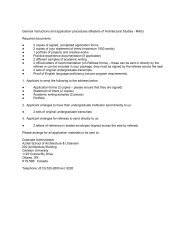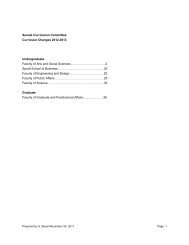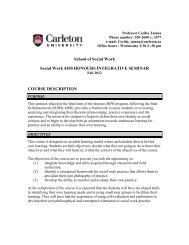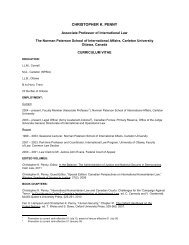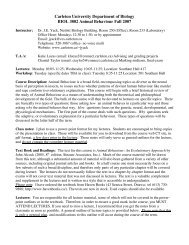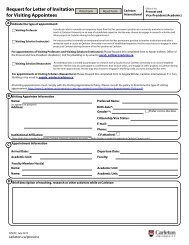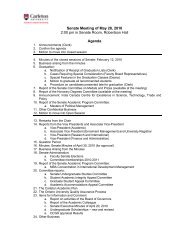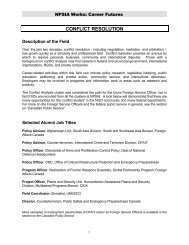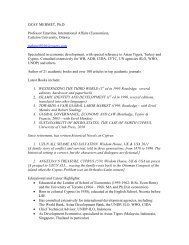Propane MSDS - Superior Propane
Propane MSDS - Superior Propane
Propane MSDS - Superior Propane
- No tags were found...
You also want an ePaper? Increase the reach of your titles
YUMPU automatically turns print PDFs into web optimized ePapers that Google loves.
SECTION 6 – TOXICOLOGICAL PROPERTIES OF MATERIALRoutes of Entry:Skin Contact, Eye Contact, InhalationInhalation: Simple asphyxiant. No at concentrations of10,000 ppm (peak exposures). Higher concentrations may causecentral nervous system disorder and/or damage. Lack of oxygenmay cause dizziness, loss of coordination, weakness, fatigue,euphoria, mental confusion, blurred vision, convulsions, breathingfailure, coma and death. Breathing high vapour concentrations(saturated vapours) for a few minutes may be fatal. Saturatedvapours may be encountered in spaces and/or underconditions of poor ventilation. Avoid breathing vapours or mist.Skin and Eye Contact: Exposure to vapourizing liquid may causefrostbite (cold burns) and permanent eye damage.Ingestion:Not considered to be a hazard.SECTION 7 – PREVENTATIVE MEASURESAcute Exposure: Contact with Petroleum Gas may causefrostbite or cold burns. <strong>Propane</strong> acts as a simple asphyxiant asoxygen content in air is displaced by the propane. At increasingconcentration levels, propane may cause dizziness, headaches,loss of coordination, fatigue, unconsciousness and death.Chronic Exposure: No reported from long termlow level exposure.Sensitization to Product: Not known to be a sensitizer.Occupational Exposure Limits: American Conference ofGovernmental Industrial Hygienists (ACGIH) lists as a simpleasphyxiant.ACGIH TLV: 1000 ppmCarcinogenicity, Reproductive Toxicity, Teratogenicity,Mutagenicity: No reported.Other ToxicologicalNoneEyes:Skin:SECTION 8 – EMERGENCY AND FIRST AID PROCEDURESEyes: Should eye contact with liquid occur, eyes with lukewarm water for 15 minutes. Obtain immediatemedical care.Skin: In case of “Cold Burn” from contact with liquid, immediately place area in lukewarm water and keepat this temperature until circulation returns. If or hands are frostbitten, have the victim hold his hand nextto his body such as under the armpit. Obtain immediate medical care.Ingestion:None considered necessary.Inhalation: Remove person to fresh air. If breathing is or has stopped, administer respiration.Obtain immediate medical care.Spill or Leak:Safety glasses or chemical goggles are recommended when transferring product.Insulated gloves required if contact with liquid or liquid cooled equipment is expected. Wear gloves and longsleeves when transferring product.Inhalation:Where concentration in air would reduce the oxygen level below 18% air or exceed occupational exposure limitsin section 6, self-contained breathing apparatus is required.Ventilation: Use in well-ventilated areas. Use with explosion proof mechanical ventilation in spaces or poorlyventilated areas.Eliminate leak if possible. Eliminate source of ignition. Ensure cylinder is upright. Disperse vapours with hosestreams using fog nozzles. Monitor low areas as propane is heavier than air and can settle into low areas.Remain upwind of leak. Keep people away. Prevent vapour and/or liquid from entering into sewers, basementsor areas.SECTION 9 – TRANSPORTATION, HANDLING AND STORAGE• Transport and store cylinders and tanks secured in anupright position in a ventilated space away from ignitionsources (so the pressure relief valve is in contact withthe vapour space of the cylinder or tank).• Cylinders that are not in use must have the valves in theclosed position and be equipped with a protective cap or guard.Transportation of Dangerous Goods (TDG)TDG : Flammable Gas 2.1SECTION 10 – PREPARATION AINFORMATION• Do not store with oxidizing agents, oxygen, or chlorinecylinders.• Empty cylinders and tanks may contain product residue.Do not pressurize, cut, heat or weld empty containers.• Transport, handle and store according to applicable federaland provincial codes and regulations.TDG Shipping Name:Petroleum Gas (<strong>Propane</strong>)PIN Number: UN1075Prepared by:<strong>Superior</strong> <strong>Propane</strong>Health Safety and Environment TeamTelephone: (403) 730-7500Revision: January 17, 2011Supersedes: March 1, 2008The information contained herein is believed to be accurate. It is provided independently of any sale of the product. It is notintended to constitute performance information concerning the product. No express warranty, implied warranty of merchantabilityor for a particular purpose is made with respect to the product information contained herein.<strong>MSDS</strong>-<strong>Propane</strong>-32003-2 (01/11)Side2of2



